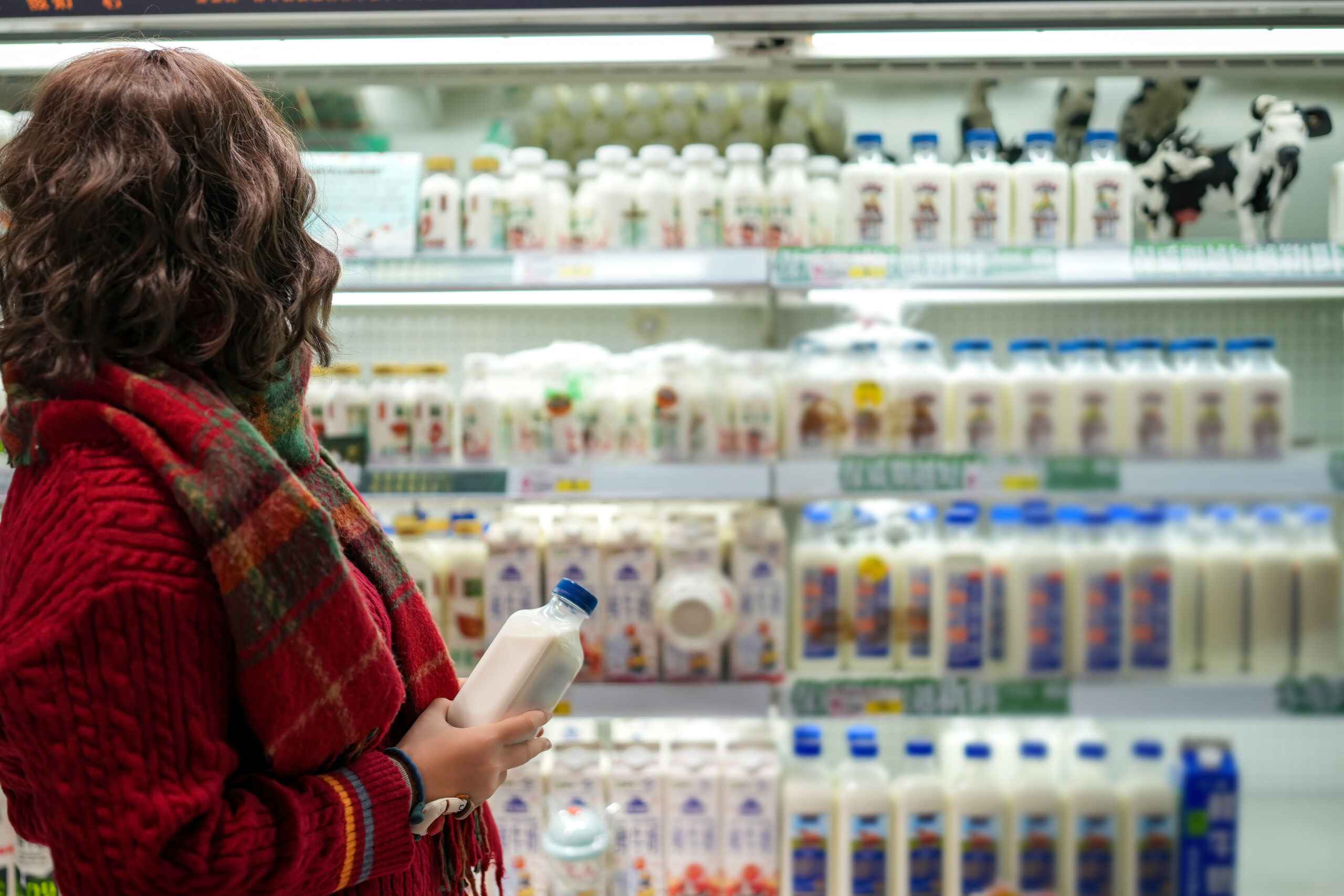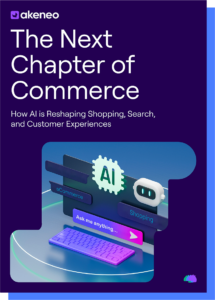The CPG industry is changing fast—and brands need to keep up. From shifting consumer habits and rising sustainability demands to digital transformation and tighter regulations, discover what’s reshaping the sector. Learn how PIM is helping CPG companies streamline operations, launch faster, and deliver consistent brand experiences across every channel.

Table of Contents
Keywords
Some products are designed to last a lifetime. Others? Not so much. They’re the items we reach for without thinking — used, replaced, and repurchased in an endless rhythm that quietly powers global commerce.
These goods might not grab headlines, but they fill our cupboards, bathrooms, and shopping carts. They’re fast-moving and deeply embedded in our daily life. And while they may seem simple on the surface, the industries behind them are anything but.
So, what is the name of this fast-paced industry? And why is it so important?
Consumer Packaged Goods are non-durable products that households or individuals purchase frequently. Non-durable items refer to products that are either meant to be consumed immediately or have a lifespan of less than three years. Think of everyday essentials such as milk and bread, or clothing driven by the fast fashion industry!
Other examples would be:
Unlike CPG, durable products are made to be repeatedly used and are designed with their lifespan in mind, lasting three or more years. They’re items that are expected to be constantly used while still being in good condition. Examples include:
Because it involves the products we rely on every single day, CPG is more important than it might seem at first glance. From the moment we wake up to the time we wind down, these goods are there — in our kitchens, bathrooms, and closets — quietly built into our routines, rarely given a second thought.
Besides being (literally) vital to our lives, CGP holds importance because of its:
The CPG industry is in the middle of a makeover — and it’s not just about new packaging. From how products are made to how they land in your cart (digital or physical), consumer packaged goods are evolving fast, and there are a few key trends steering the change.
CPG brands are increasingly skipping the middleman and going direct-to-consumer (D2C) as customers show a growing preference for direct connections with the brands they buy from. Meanwhile, eCommerce growth continues to reshape shopping habits—especially for younger, mobile-first consumers.
Consumers are demanding cleaner ingredients, eco-friendly packaging, and transparent sourcing—in short, sustainability is their priority. Especially millennials, with 60% willing to pay a premium for sustainably produced products. Brands that don’t walk the sustainability talk risk being left behind.
Functional foods, clean beauty, and better-for-you options are dominating shelves as consumers prioritize wellbeing over indulgence (at least on weekdays).
Retailers are upping their game with high-quality, lower-priced alternatives. The competition is no longer just between brands — it’s between brand and store. Take Trader Joe’s, for example: over 80% of its products are private label, and many have developed cult followings. From organic snacks to frozen meals, Trader Joe’s has shown that store brands can go toe-to-toe with national names — and often win.
AI-driven search experiences, QR code-enabled transparency, and even AR try-ons — CPG is embracing digital transformation, one SKU at a time.
These shifts reflect a fast-evolving industry where agility and consumer insight are key. Whether it’s rethinking how products are sold, packaged, or personalized, CPG brands must adapt or risk falling behind in a market where expectations are constantly rising, and loyalty is earned one product at a time.
In the fast-paced world of consumer packaged goods, managing product information across countless SKUs, markets, and channels can quickly become overwhelming. Creating a single source of truth with a PIM solution ensures product data completeness and legal compliance as well as a consistent brand experience across all existing and emerging sales channels in the CPG space.
By streamlining how information is updated and shared, PIM helps brands reduce time-to-market, improve the customer experience, and keep pace with ever-evolving regulations.. Whether launching a new product, entering a new market, or optimizing for eCommerce, think of PIM as the quiet powerhouse making sure everything stays in sync—without the chaos.
The world of consumer packaged goods may be built on everyday items, but there’s nothing ordinary about the challenges and opportunities it holds. From shifting consumer behaviors and rising sustainability demands to digital disruption and increasing regulatory pressure, CPG brands are being pushed to think faster, act smarter, and deliver more across every channel.
To stay ahead, embracing tools like PIM isn’t just smart—it’s essential. Because in a space where consistency, speed, and trust define success, brands that invest in the right systems today will be the ones that thrive tomorrow.
Discover how AI is transforming shopping, search, and product experiences, and why clean, structured data is the key to staying competitive in the next era of commerce.
